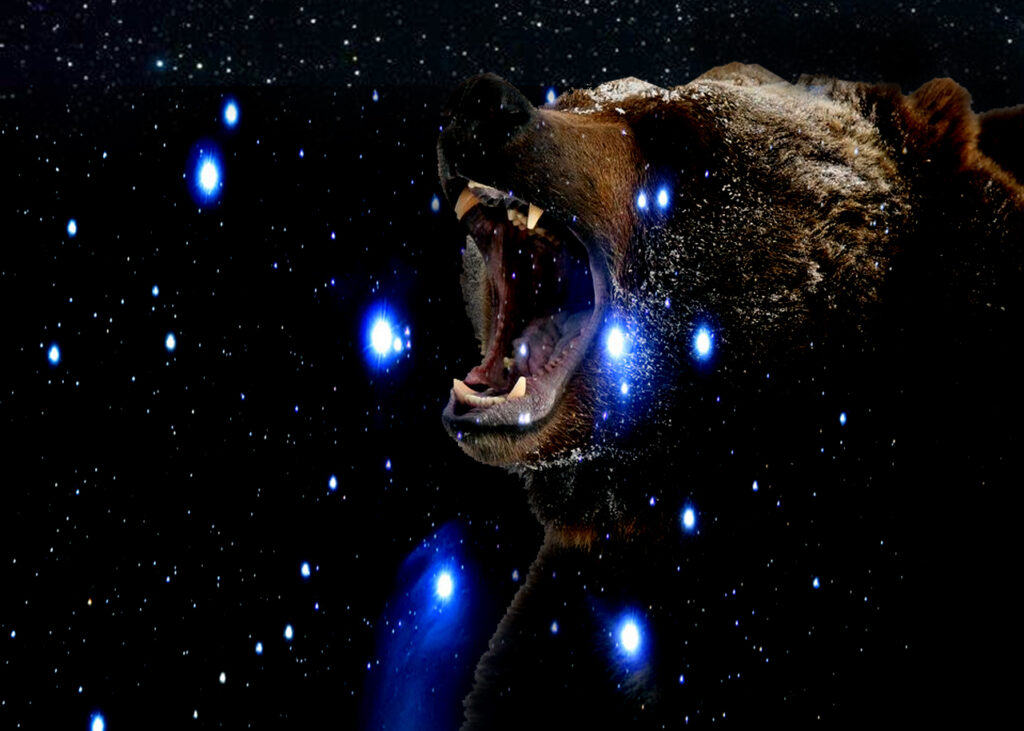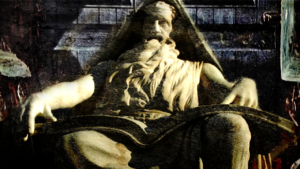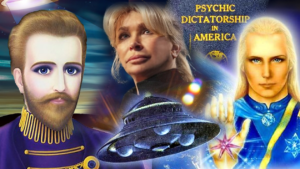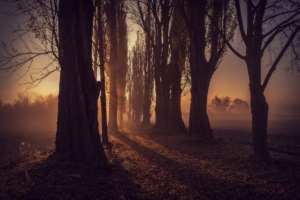Ursa Major and the Hero’s journey.

I wanted to expand upon a recent commentary that Jason Reza Jorjani made about The Plough/Big Dipper asterism and its annual journey around the Pole Star. For what’s it’s worth, I broadly agree with Jorjani and enjoyed seeing him reference the precession of the equinoxes, as this is a time cycle that often gets overlooked. What I wanted to touch upon was how this cycle of the Great Year (one cycle of the equinoxes around the eliptic) is reflected in other planetary cycles, such as the Sun and Saturn, and how we can work with these cycles in our own lives as well.
The Plough/Big Dipper is part of the Ursa Major/Great Bear constellation. In terms of myth, Ursa Major is one of the main protagonists of many Hero’s Journey-type myths. In Celtic lore, we have the legends of How Culhwch won Olwen, we have King Arthur appear as Culhwch’s cousin to assist in the quest (the name Arthur is a derived from the Latin word for bear, Arcturus). In the Classical myths, the Labours of Hercules as well as Jason and the Argonauts are part of this cannon. In Finnish legends, it represents a basket that a bear is lowered into to catch salmon. Basically, some sort of quest, hunt or series of trials are involved in these types of stories, in which success can only be accomplished by our protagonist using a varying combination of strength, bravery, cunning and innovation. Sailing is another motif in such tales (Ursa Major was often used in navigation, for example) and we see this in other names for parts of the star, such as the Big Dipper part being called the Plough in the UK. It’s also known as Arthur’s wain here (wain being an old word for cart), so the star is intrinsically linked to ideas of journeys and movement.
If we follow Ursa Major’s own journey through the heavens, we can see that at winter solstice it is on the rise – the bowl part is on the ascent, the handle hanging down. This is the time we are reborn, at Saturnalia, at Yule. The old year is dead and a new one has been born. As we ascend to spring, we become more aware of what we wish to do for that year. Growth is rising but to achieve growth we must experience challenge and friction. Resistance is necessary for growth. This is why in the myths, shortly after coming of age, the hero has to go on some sort of quest or challenge – he has to prove his worth and to reflect this Ursa Major begins its deep dive in the sky back down to earth. This symbolises the journey to the Underworld, to find ourselves tested and brought to the brink of destruction. It is only then that our true self can emerge at autumn time – the lowest point, the time of harvest. The wheel turns and we begin our ascent to winter, and the cycle begins again. It’s not hard to see why the Christians fixed the date of Jesus’s birth at winter solstice. Incidentally, Mithras’s birthday was also December 25 as well as Sol Invictus.
It’s worth noting that the successful completion of such a cycle also signifies that the hero has gained a degree of mastery over the seven inner planets. In traditional astrology, the planets from the Sun out to Saturn are the only rulers, and they show us what we need to be successful in this particular lifetime. A classic example of this is The Labours of Hercules, which represent the journey around the zodiac, with each completed labour showing mastery of that sign and its planetary ruler. This is something that is available to us every year, every month even, which is why I talk a lot about the harvest. I don’t believe that our ancestors were just focused on the physical harvest of getting the crops in but what they had achieved each year as well.
By being able to master the turbulence of life, we are able to not defeat Saturn but embody his sometimes harsh and difficult lessons, and utilise them to make us stronger – to become the solar hero. The reason I say this is because rather than us being at the whim of the gods, my take is that we come here slated to learn/experience certain things according to our natal charts. This may seem unfair, as we may get dealt a terrible life-hand sometimes and this may go on for lifetimes. However, it is my belief that working with these cycles, and learning how to ride their waves, helps us break our runs of ‘bad luck’. But that can only occur if we can work with the cycles of the planets, such as the Sun and Saturn, consciously. They can be difficult cycles but that is what the Hero’s Journey is about. It is about our own death and resurrection. This may sound Christian but it is what paganism is all about. We can always overcome if we learn to use our own creative forces. Our own insistence to become better, to become more, to grow and develop, not just one year but continually, even under the bitterest of circumstances. Growing and moving are innate to us. Just as in nature, if we become too inert we stagnate and die. To keep growing and moving doesn’t mean we will avoid pain or suffering but it is how we grow our eternal lifeforce.
This is why the movement of The Plough/Big Dipper in the sky is so important, as it signifies the hero’s journey and mastery of the self. It shows us a pattern, reminding us that we can always emerge victorious, even after wandering through Hades, and that if we wish to embody the virtues of the hero it is necessary that we eventually come face-to-face with the Lord of Death – but not before we’ve hopefully learnt a few tricks first. I hope this gives some insight as why the symbol The Plough/Big Dipper makes as it travels through the sky has been so vilified and denigrated in mainstream popular culture.











